Photo Gallery for Actias luna - Luna Moth | 290 photos are available. Only the most recent 30 are shown.
|
 | Recorded by: Mark Basinger on 2024-09-22
Wilson Co.
Comment: | 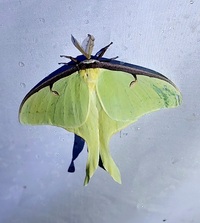 | Recorded by: Mark Basinger on 2024-09-08
Wilson Co.
Comment: |
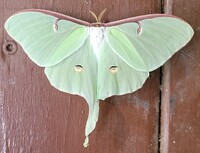 | Recorded by: Michael P. Morales on 2024-09-04
Cumberland Co.
Comment: | 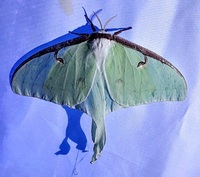 | Recorded by: Mark Basinger on 2024-08-20
Wilson Co.
Comment: |
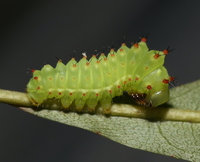 | Recorded by: David George, Steve Hall on 2024-08-19
Chatham Co.
Comment: | 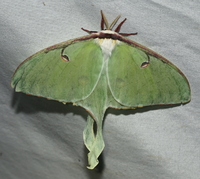 | Recorded by: David George, Jeff Niznik, Kevin Bischof on 2024-08-07
Transylvania Co.
Comment: |
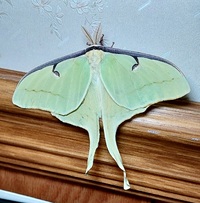 | Recorded by: Mark Basinger on 2024-08-05
Mitchell Co.
Comment: | 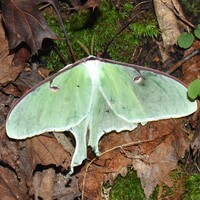 | Recorded by: David George, Jeff Niznik on 2024-08-05
Transylvania Co.
Comment: |
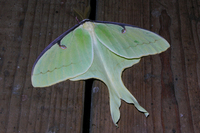 | Recorded by: Owen McConnell on 2024-08-02
Graham Co.
Comment: |  | Recorded by: B. Hartness, M. Prinz on 2024-07-30
Moore Co.
Comment: |
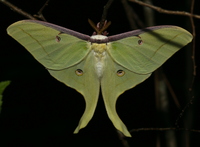 | Recorded by: David George, Jeff Niznik, Patrick Coin, Steve Hall, Carol Tingley, Tom Howard on 2024-07-27
Chatham Co.
Comment: |  | Recorded by: B. Bockhahn on 2024-07-14
Macon Co.
Comment: |
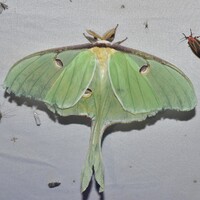 | Recorded by: Jeff Niznik on 2024-07-14
Watauga Co.
Comment: |  | Recorded by: Jeff Niznik on 2024-07-12
Watauga Co.
Comment: |
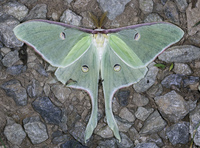 | Recorded by: John Petranka on 2024-07-10
Watauga Co.
Comment: | 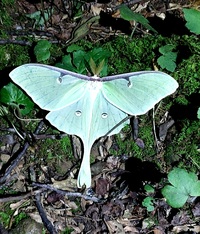 | Recorded by: Mark Basinger on 2024-06-23
Yancey Co.
Comment: |
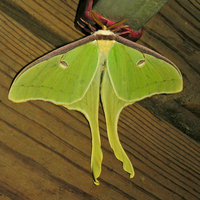 | Recorded by: Owen McConnell on 2024-06-20
Graham Co.
Comment: |  | Recorded by: Chuck Smith on 2024-06-19
Watauga Co.
Comment: |
 | Recorded by: K. Bischof on 2024-06-12
Transylvania Co.
Comment: | 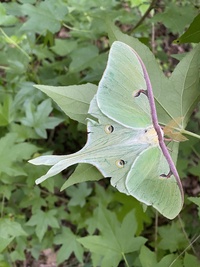 | Recorded by: David George, Jeff Niznik on 2024-06-06
Durham Co.
Comment: |
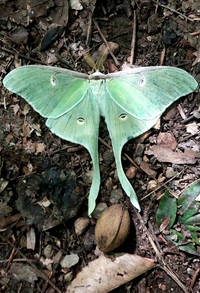 | Recorded by: Mark Basinger and Scott Salger on 2024-06-01
Chatham Co.
Comment: |  | Recorded by: David George, Jeff Niznik on 2024-06-01
Chatham Co.
Comment: |
 | Recorded by: David George, Jeff Niznik on 2024-06-01
Chatham Co.
Comment: |  | Recorded by: David George, Jeff Niznik on 2024-06-01
Chatham Co.
Comment: |
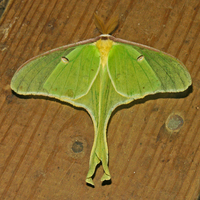 | Recorded by: Owen McConnell on 2024-05-30
Graham Co.
Comment: | 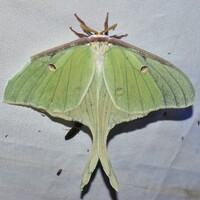 | Recorded by: Jeff Niznik on 2024-05-29
Durham Co.
Comment: |
 | Recorded by: Owen McConnell on 2024-05-28
Graham Co.
Comment: |  | Recorded by: Mark Basinger on 2024-05-28
Wilson Co.
Comment: |
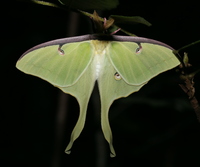 | Recorded by: David George, Jeff Niznik on 2024-05-25
Chatham Co.
Comment: | 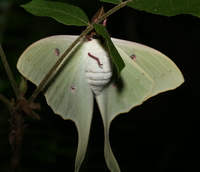 | Recorded by: David George, Jeff Niznik on 2024-05-25
Chatham Co.
Comment: |
|